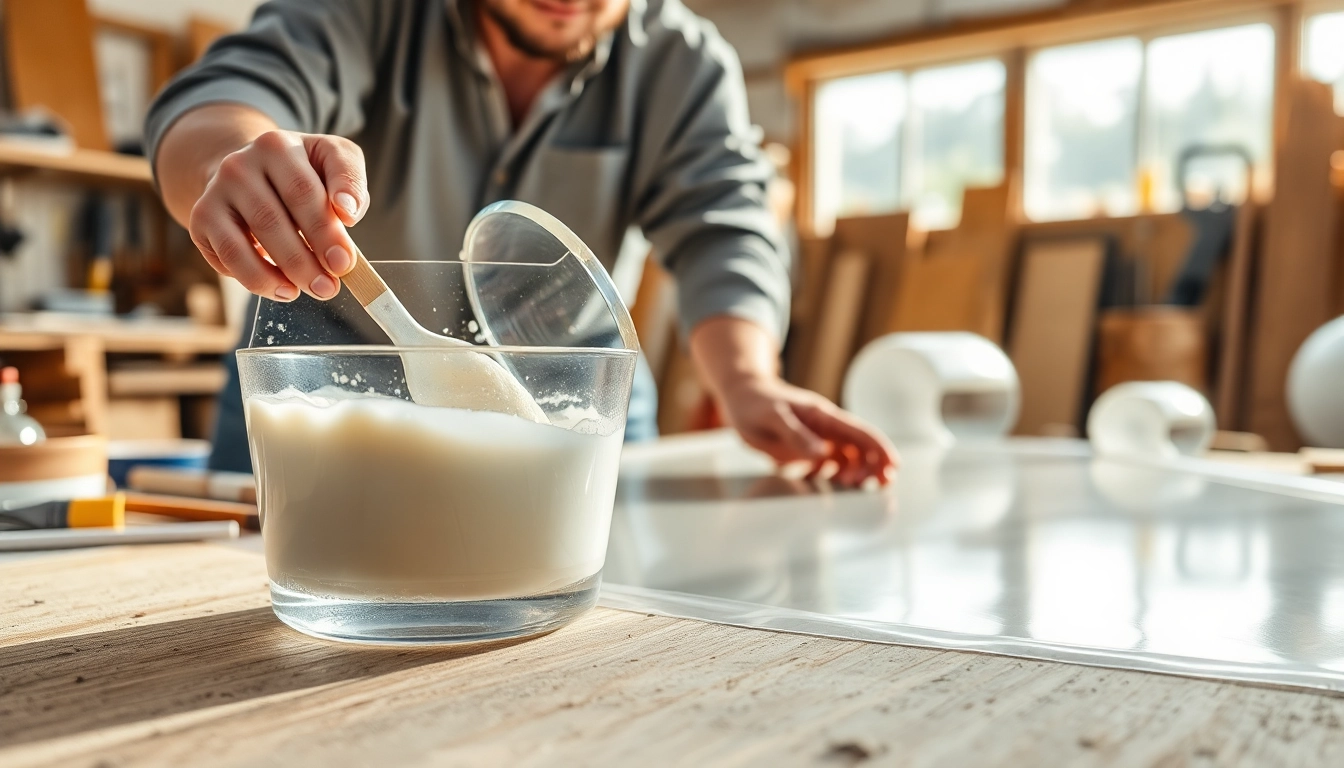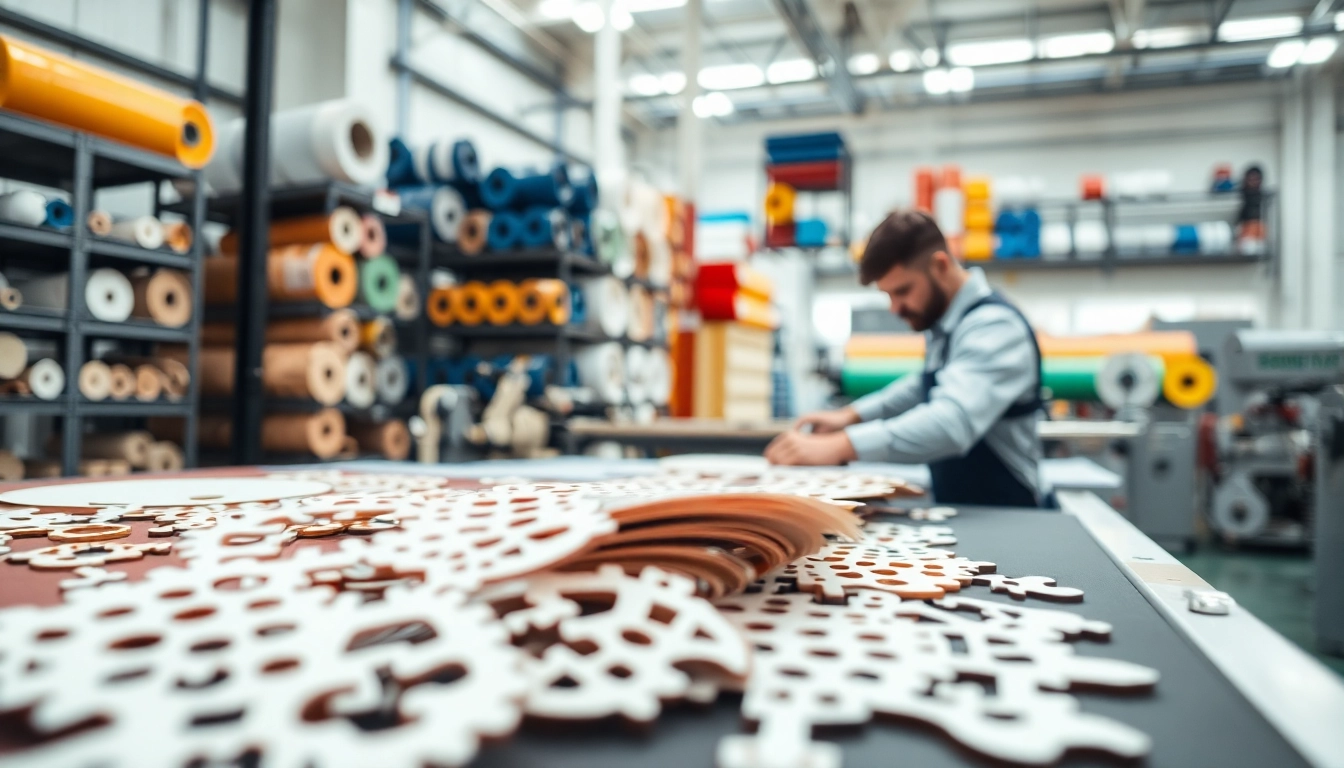Overview of Laminating Resin
Laminating resin plays a pivotal role in composite material fabrication. As a bonding agent, it is used to create layers of fiberglass or other materials that must adhere strongly to one another. This article delves deeply into all aspects of laminating resin, from its composition to its applications, benefits, and best practices. Throughout this exploration, laminating resin will be examined in great detail.
What is Laminating Resin?
Laminating resin is a type of synthetic polymer that is primarily used to bind together layers of materials, such as fiberglass cloth, to create composite structures. This resin can come in various forms, including polyester, vinyl ester, and epoxy. Each type has unique characteristics that make it suitable for different applications. Laminating resins are essential in industries such as marine, automotive, and construction, where strong and durable materials are required.
Key Characteristics of Laminating Resin
Understanding the key characteristics of laminating resin is crucial for effective application. The following attributes are significant:
- Viscosity: The viscosity of a laminating resin affects its workability. Lower viscosity resins are easier to spread and penetrate the fibers in composite materials.
- Cure Time: Different laminating resins have varying cure times, which determine how long a user must wait before moving on to the next step in the application process.
- Adhesion Properties: A good laminating resin must exhibit strong adhesion to the substrates it bonds with, ensuring structural integrity of the final product.
- Durability: The finished composite must resist environmental factors such as water, UV rays, and chemicals, making durability a key quality of laminating resin.
Different Types of Laminating Resin
There are three primary types of laminating resin:
- Polyester Laminating Resin: Widely used in marine applications, polyester resin is cost-effective and provides good strength. It is often chosen for boat building and repairs.
- Vinyl Ester Laminating Resin: This resin combines the qualities of polyester and epoxy, offering better resistance to water and chemicals. It is used in demanding environments, such as chemical storage tanks.
- Epoxy Laminating Resin: Known for its superior strength and adhesion properties, epoxy is ideal for high-performance applications, including aerospace and automotive components.
Applications of Laminating Resin
Laminating resin is utilized across various industries, primarily due to its excellent bonding capabilities. Here are some prominent applications:
Laminating Resin in Marine Projects
In the marine industry, laminating resin is crucial for constructing boats, surfboards, and other watercraft. It provides exceptional water resistance and structural integrity. Whether used for laying fibers in the hull or creating custom molds, laminating resin ensures that the final products withstand harsh marine environments.
Use in Composite Materials
Composite materials are prevalent in automotive and aerospace industries, where weight savings and strength are necessary. Laminating resin is used to bond various fibers and fillers, creating lightweight yet durable components that improve efficiency and performance.
Examples of DIY Projects with Laminating Resin
For DIY enthusiasts, laminating resin offers a means to craft a variety of projects—from furniture to art pieces:
- Creating custom tabletops using wood and epoxy overlays.
- Constructing artistic sculptures or decorative pieces with layered fibers.
- Making molds for casting objects, such as jewelry or decorative items.
Benefits of Using Laminating Resin
The use of laminating resin comes with a multitude of advantages:
Strength and Durability
One of the primary benefits of laminating resin is its ability to produce strong and durable composites. Laminating resin contributes to the overall strength and structural integrity by effectively bonding fibers, which helps resist physical and environmental stress during use.
Cost-Effectiveness
Laminating resin options, particularly polyester resin, are often more cost-effective than alternative bonding agents like epoxy, especially for large-scale applications. This makes them a preferred choice for many industrial processes.
Versatility in Various Applications
Whether in marine construction, automotive manufacturing, or artistic DIY projects, laminating resin’s versatility is unmatched. It can adhere to various substrates and is suitable for numerous applications, making it a go-to solution in various industries.
Best Practices for Working with Laminating Resin
Working with laminating resin requires careful attention to detail in order to achieve optimal results. Here are some best practices:
Preparation and Mixing Techniques
Proper preparation is crucial for the successful application of laminating resin. It is essential to measure and mix the resin with the appropriate hardeners or catalysts as per the manufacturer’s specifications. Additionally, ensure that all surfaces are clean and free from contamination to promote bonding.
Application Techniques for Optimal Results
The application of laminating resin can vary depending on the project. Techniques such as brush application, roller application, or using a spray system can all yield different results. It is important to apply the resin evenly to avoid air pockets, which can weaken the bond.
Post-Application Finishing Steps
After the resin has cured, finishing steps may include sanding, polishing, or applying additional coatings. These finishing touches improve the aesthetics and performance of the final product, enhancing durability and resistance to wear.
Performance Metrics and Troubleshooting
Monitoring the performance of laminating resin is key to ensuring high-quality outcomes. Understanding common metrics and potential issues can aid in maintaining optimal performance:
Evaluating the Quality of Laminating Resin
To evaluate the quality of laminating resin, assess its clarity, viscosity, and cure time. Quality resins should produce a clear, hard, and well-bonded final product without visible defects or bubbles.
Common Issues and Solutions
While working with laminating resin, several issues may arise that can affect the outcome:
- Bubbling: Caused by trapped air; to resolve, ensure thorough wetting of the fibers and use techniques that minimize air introduction.
- Incomplete Curing: Can occur if the hardener is incorrectly mixed; always follow the manufacturer’s mixing instructions carefully.
- Yellowing: Often the result of UV exposure; using UV-resistant coatings can help mitigate this issue.
Enhancing the Performance of Laminating Resin
To enhance the performance of laminating resin, consider incorporating additives tailored for specific applications. These can include pigments for color, fillers for viscosity adjustments, or UV stabilizers to improve resistance against sunlight.


